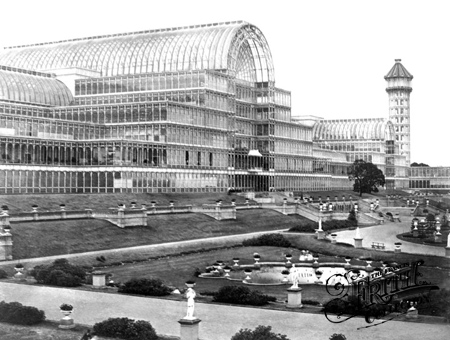- Uncle Victor Wynyard (1898-1965), looking stunned... again.
Sir Victor Wynyard, born September 30, 1898, was the eldest son of Lord Bernard Wynyard. He graduated from the Royal Military College at Sandhurst, but after avoiding service in both Turkey and the Somme he Was hunted down by the Ministry of Defence as a draft dodger and sent to a military prison. Three weeks after the Ministry of Defence had captured him, the First World War had come to an end, and so his imprisonment was therefore ultimately proven useless.
Nevertheless, he still escaped from the military prison and the publicity turned him into a national hero, almost overnight. On this wave of popularity, in 1920 he was elected to Parliament as a Member of the Labour Party.
He served as a Member of Parliament right up until hostilities again resumed in WW2 and despite his aristocratic background, he again refused to take part in military matters until a Royal Commission discovered his abscondence in WW1, and he was forcibly conscripted against his will. His army unit was then posted to Singapore and just happened to be on duty there went the naval port fell at the hands of the Japanese.
It was during this time that he developed an unnatural obsession with the dead, and actively barracked to be sent to France for the D-Day invasions. He was appointed as a tank commander and it was generally thought that he was unfit for service when he started taking parts of corpses from the battlefield and mailing them back to England. By 1945 he had amassed some 85,000 pieces, however he did not have even the slightest inkling as to what to do with them. The military fearing what he may do before the end of the war, suggested to royalty the he be knighted and removed from the front line. He then became Secretary to the Exchequer and remained there until the close of hostilities.
After the war had finished, and after showing incredible prowess at managing people he became head of the Bank of England. On March 1, 1946, the bank, privately owned for 252 years, was placed under government ownership, the treasury holding the capital stock. The nationalized bank, operating under the charters of 1694 and 1946, was to manage the British national debt. Again suspicions arose when over a period of four months had had managed to steal some £11,500,628 in copper coins from the banks stores.
He was deposed as the Bank's head and became a virtual recluse, but returned to his life of poaching the remains of deceased animals and victims of car crashes. His most daring attempt to acquire a corpse came with the passing of Sir Winston Churchill. After successfully scaling the walls of the Houses of Parliament he managed to flee with the late Sir Winston in a disguised bakery van and thus on January 24, 1965, armed guards shot Victor at Tower Bridge. He had long championed for a public service of the Bank and it was a disaster for the country that he did not live to carry it out.
- The Museum of Dead Things, Opening Day, 5th May 1971
Using the funds acquired by Sir Victor, by that stage only £9,325,714 in copper coins, the building on Myrtle Street, in the grounds of the University of Equinus was completed. It now houses ten departments and part of the University Library.
In 1971, the museum opened its doors to the public for the first time. Officially the building was opened by Sir Victor's third son Partario. The north wing of the University Library was vacated and transformed into exhibition areas. Later in 1996 the South Wing housing an auditorium, and galleries for temporary exhibitions, was also opened with additional restaurants, shops, and parking facilities.
The collection is home to some 94,000 artefacts, either collected by the man himself of laid intestate to the museum by benefactors who wish to see the man's dream turn ever into reality. Other departmental divisions of the museum are the Research Laboratory and the Department of Conservation. The museum also publishes numerous catalogues and handbooks on the collections.
It contains more than 30,000 limbs which were retrieved from fallen soldiers, 15,000 skulls, 12,000 fingers which had been taken as payment for unpaid debts, a vast variety of dead cats, dogs, badgers, voles, rabbits, bears and stags which had been struck by motor vehicles, the bodies of more than 3000 drowning victims and a little over 900 harlequin babies.
Entry to the museum costs £9.50 or £6.00 for "friends of the museum".



No comments:
Post a Comment